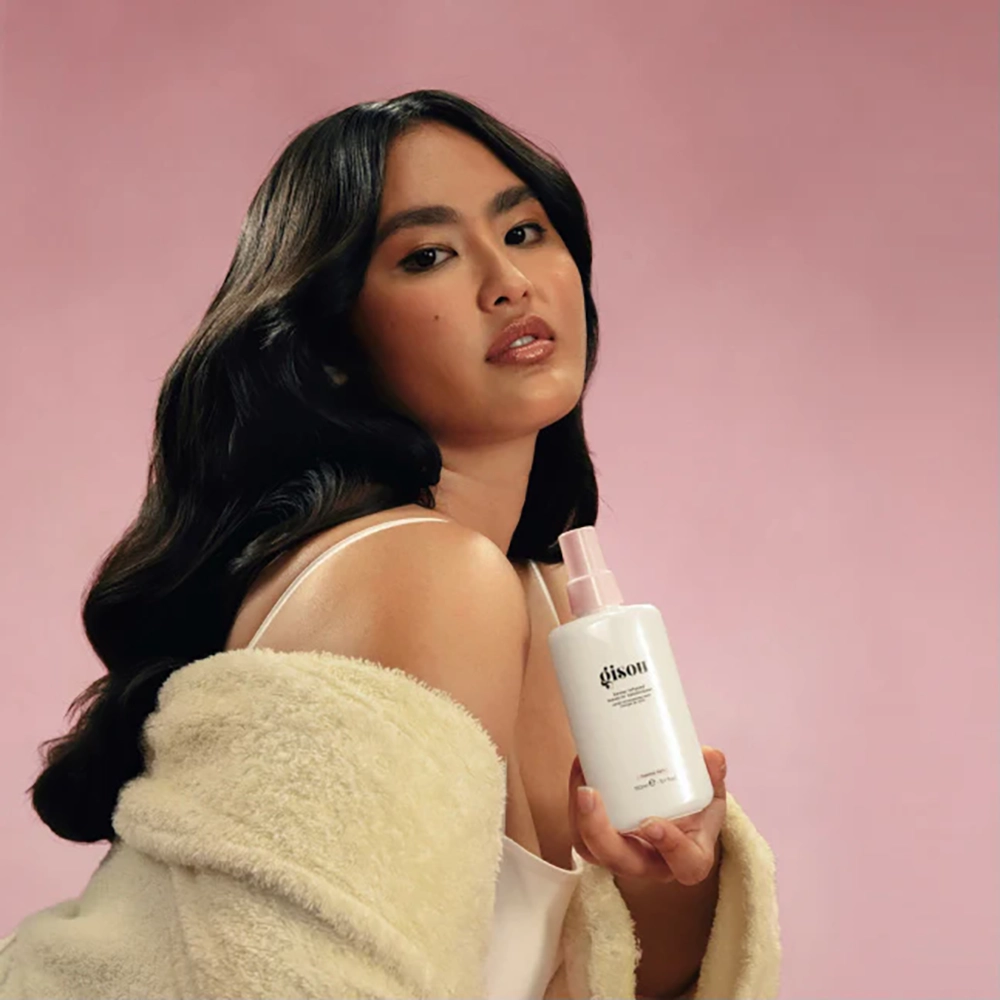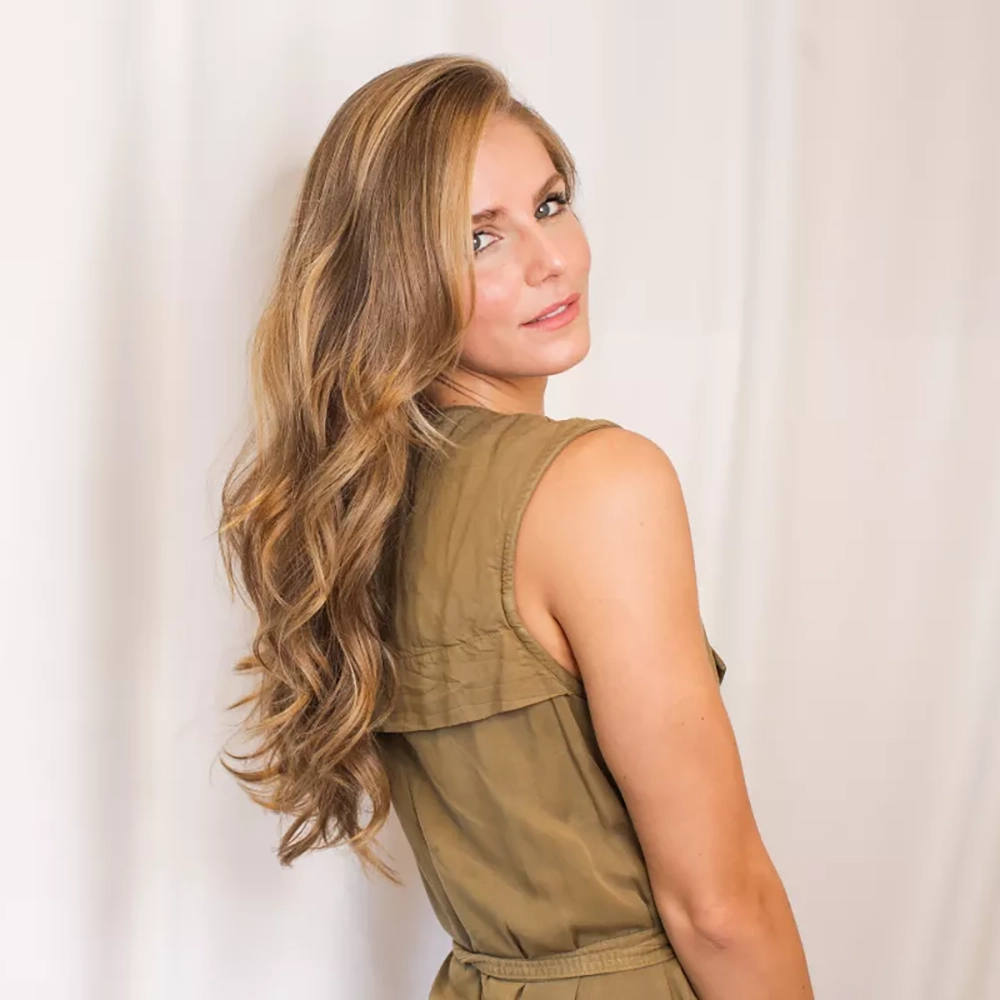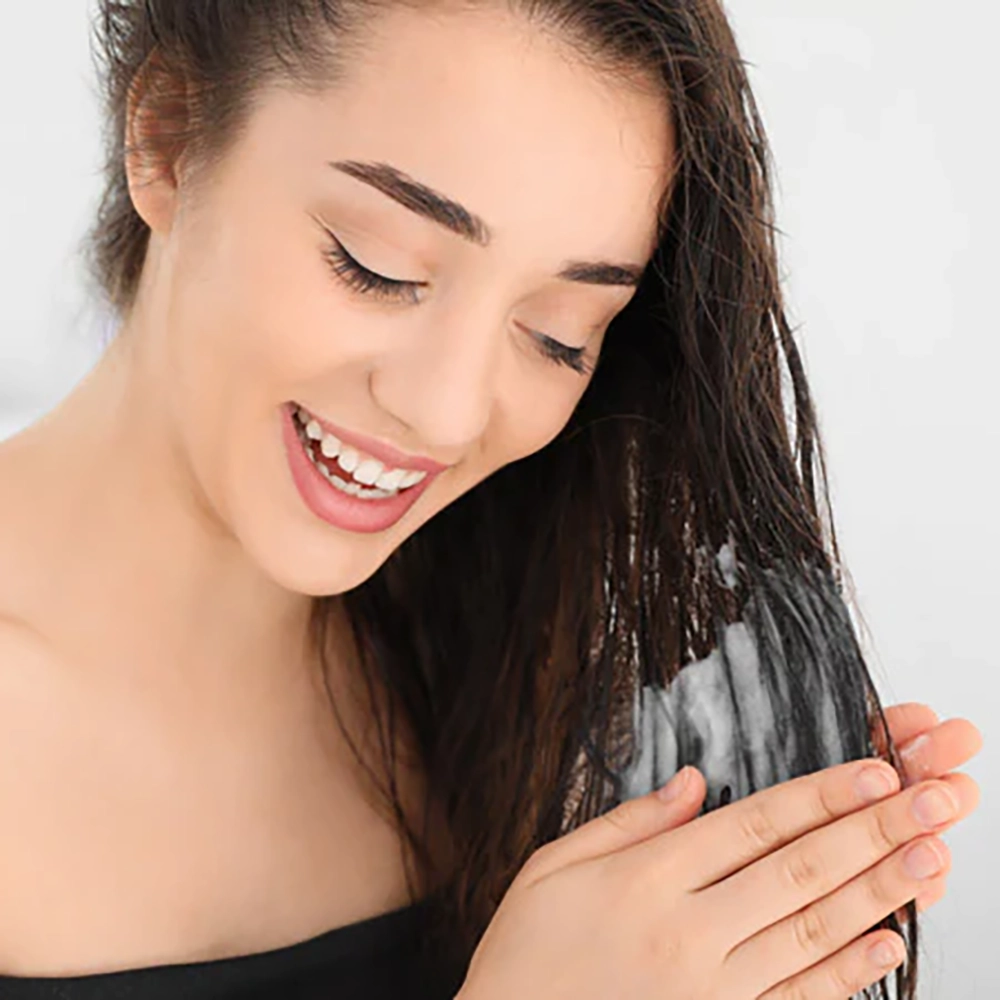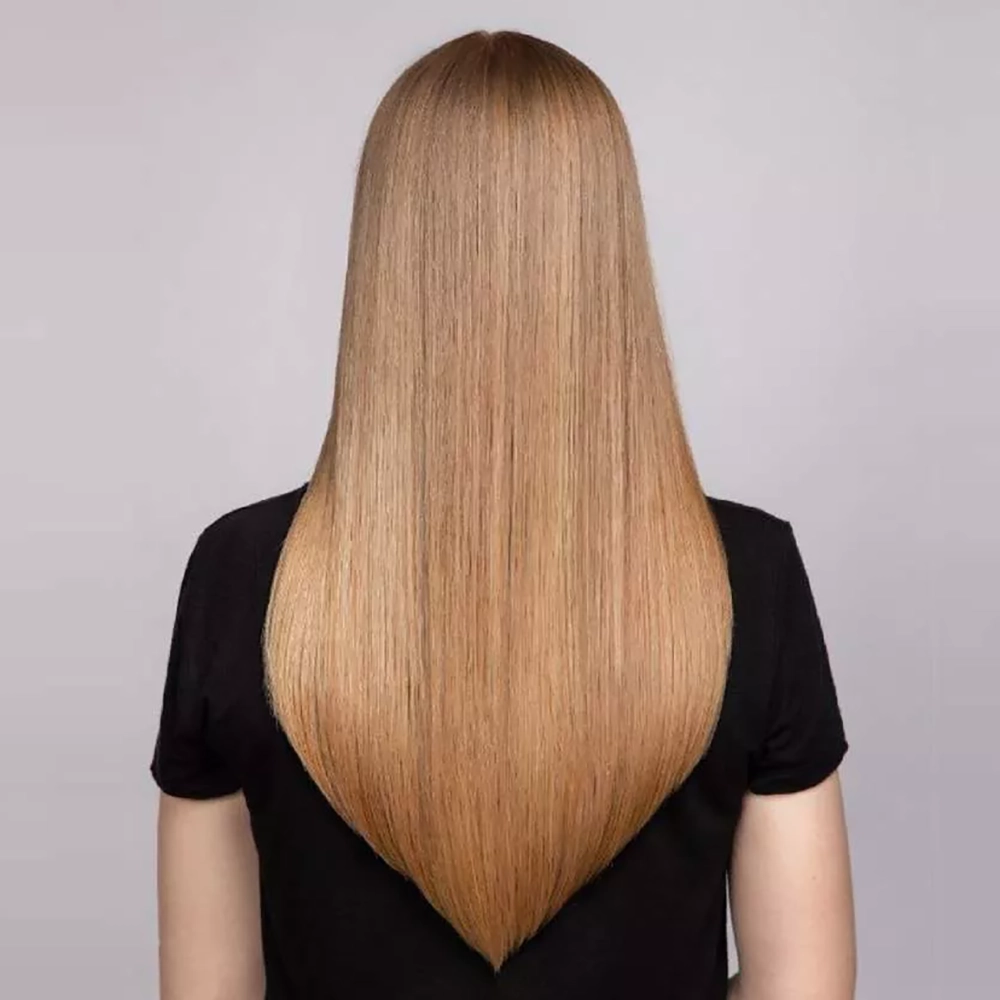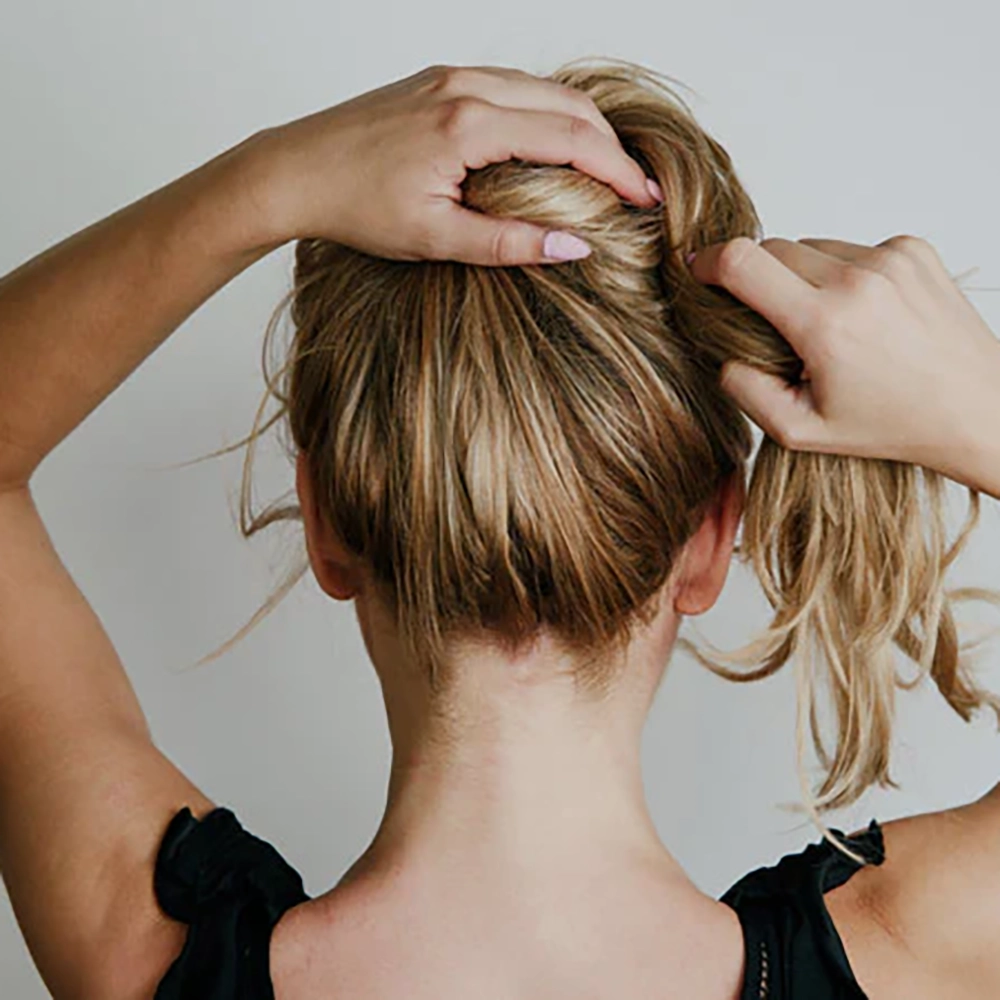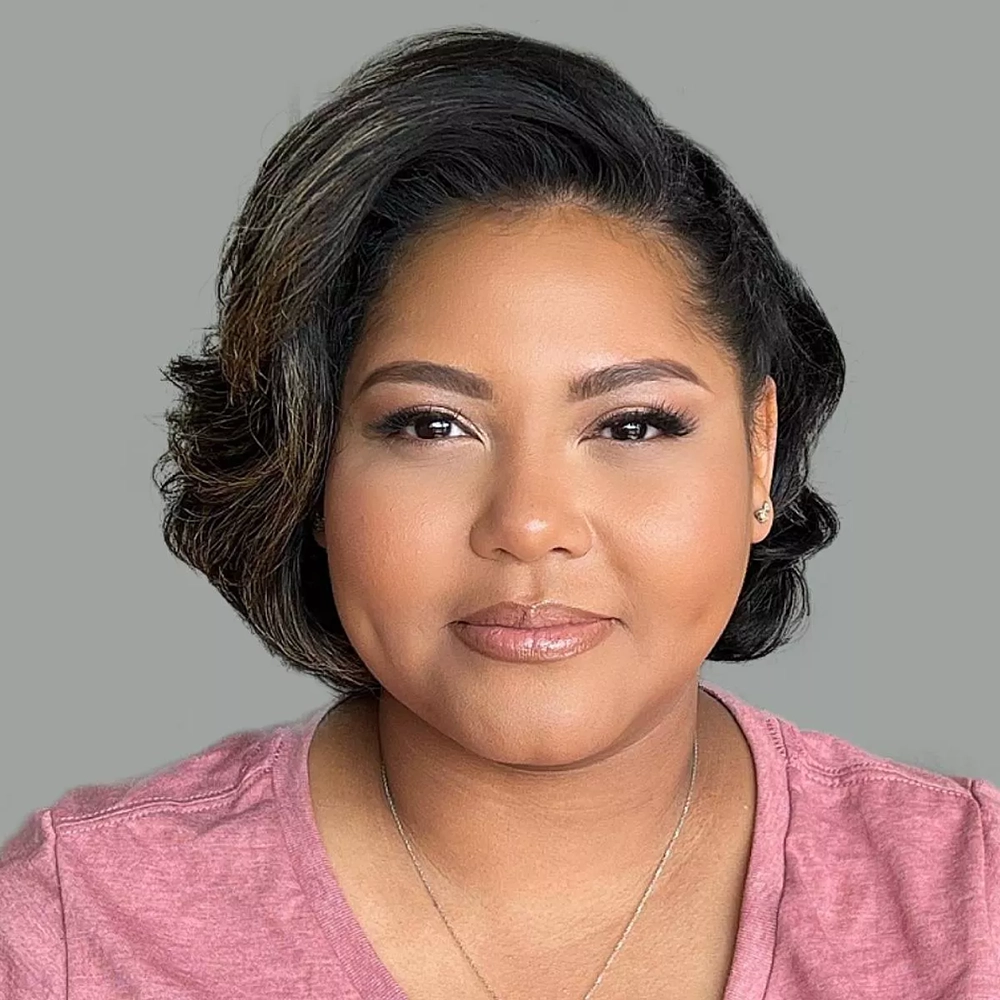Understanding the causes of frizzy hair
Frizzy hair can be a common and frustrating issue for many individuals. It refers to hair that is dry, lacks shine, and is prone to tangles and unmanageability. Understanding the causes of frizzy hair is essential in finding effective solutions to combat this problem. There are various factors that contribute to frizz, ranging from environmental conditions to hair care routines and genetics.
One of the main causes of frizzy hair is humidity. When the air is moist, the excess moisture can penetrate the hair shaft, causing it to swell and become frizzy. This is because the hair cuticles, which are the outermost layer of the hair, absorb the moisture from the surrounding environment. As a result, the hair cuticles lift up, creating a rough and frizzy appearance.
Another common cause of frizzy hair is damage. Over time, hair can become damaged due to excessive heat styling, chemical treatments, or rough handling. When the hair is damaged, the cuticles become lifted and damaged as well, leading to frizz. Additionally, using harsh hair care products, such as shampoos and conditioners with sulfates and alcohol, can strip the hair of its natural oils and moisture, making it more prone to frizz.
Genetics also play a role in frizzy hair. Some individuals naturally have hair that is more prone to frizz due to their inherited hair texture. People with curly or wavy hair tend to have a higher likelihood of experiencing frizz because their hair cuticles are already naturally more raised and prone to moisture absorption.
To combat frizzy hair, it is important to choose hair care products that are specifically formulated to fight frizz. Look for shampoos and conditioners that are moisturizing and free of harsh ingredients. Using a deep conditioning treatment once or twice a week can also help nourish and hydrate the hair, reducing frizz. Additionally, incorporating hair serums or oils into your routine can help smooth and add shine to your hair.
Overall, understanding the causes of frizzy hair allows individuals to take the necessary steps to manage and minimize this common hair concern. By adopting a proper hair care routine, using suitable hair care products, and protecting the hair from environmental factors, frizz can be tamed, leading to smoother, more manageable hair.
Choosing the right shampoo and conditioner
When it comes to maintaining healthy and beautiful hair, choosing the right shampoo and conditioner is key. With so many options available on the market, it can be overwhelming to find the perfect match for your hair type and specific needs. However, understanding your hair type and knowing what ingredients to look for can make the selection process much easier.
Firstly, it’s important to identify your hair type, whether it’s oily, dry, normal, or a combination. Different hair types require different formulations to address their specific concerns. For example, if you have oily hair, you may want to look for a clarifying shampoo that can effectively remove excess oil and build-up without stripping your hair of its natural moisture.
Secondly, pay attention to the ingredients listed on the shampoo and conditioner bottles. Avoid products that contain harsh sulfates, such as sodium lauryl sulfate (SLS), as these can strip your hair of its natural oils and leave it dry and brittle. Instead, opt for sulfate-free formulas that are gentle on your hair and scalp.
Additionally, consider any specific concerns you may have, such as dandruff, color-treated hair, or damage from heat styling. Look for shampoos and conditioners that are specially formulated to address these issues. For example, if you have color-treated hair, choose a shampoo and conditioner that is specifically designed to preserve and protect the vibrancy of your hair color.
Creating a hair care routine that includes the right shampoo and conditioner can make a world of difference in the health and appearance of your hair. Remember to read product reviews, consult with your hairstylist, and be patient when trying out new products to find the perfect match for your hair. Your hair will thank you!
- Key points to remember:
- Identify your hair type: oily, dry, normal, or combination.
- Avoid harsh sulfates, opt for sulfate-free formulas instead.
- Consider specific concerns such as dandruff or color-treated hair.
- Read product reviews and consult with your hairstylist.
| Shampoo | Conditioner |
|---|---|
| Clarifying shampoo for oily hair | Lightweight conditioner for oily hair |
| Moisturizing shampoo for dry hair | Rich conditioner for dry hair |
| Color-preserving shampoo for color-treated hair | Color-preserving conditioner for color-treated hair |
| Dandruff control shampoo | Dandruff control conditioner |
The importance of regular hair trims
The importance of regular hair trims cannot be stressed enough when it comes to maintaining healthy and beautiful hair. Not only do regular trims help in the prevention of split ends, but they also promote hair growth and contribute to overall hair health.
Split ends are a common hair problem that many people experience. When the hair shaft becomes dry and damaged, the ends split into two or more strands, giving the hair a frizzy and unkempt appearance. Regular trims are the best way to prevent split ends from occurring. By removing the split ends, you are giving your hair a fresh and healthy look.
Additionally, regular trims are essential for promoting hair growth. When the ends of your hair are damaged, they tend to break easily, leading to slower growth. By trimming the hair regularly, you are preventing further breakage and allowing the hair to grow longer and fuller.
- Regular trims are particularly important for those who are growing out their hair. Trimming the ends every 6-8 weeks helps to maintain the shape and prevent uneven growth.
- Trimming the hair also helps to remove any tangled or knotted sections, making it easier to style and manage.
- Incorporating regular hair trims into your hair care routine can also prevent the need for more drastic cuts in the future. By keeping your hair healthy and split end-free, you can avoid having to cut off a significant amount of length due to extensive damage.
- Finally, regular trims contribute to overall hair health. By removing any damaged or unhealthy hair, you are allowing room for new and healthier hair to grow.
In conclusion, regular hair trims are a crucial aspect of maintaining healthy and beautiful hair. Not only do they help prevent split ends and promote hair growth, but they also contribute to overall hair health. Remember to schedule regular trims every 6-8 weeks to keep your hair looking its best.
Protecting your hair from heat and humidity
During the hot and humid summer months, our hair often becomes a victim of frizz and damage. Excessive heat and humidity can strip the hair of its natural moisture, leaving it dry, brittle, and prone to breakage. It is essential to protect our hair from these harsh elements to maintain its health and vitality.
One of the best ways to protect our hair from heat and humidity is by using heat protectant products. These products create a barrier on the hair shaft, shielding it from the damaging effects of heat styling tools such as straighteners and curling irons. Look for heat protectants that contain ingredients like dimethicone or cyclopentasiloxane, as they form a protective layer without weighing the hair down.
In addition to using heat protectants, it is also crucial to avoid excessive heat styling. Try to limit the use of heated tools and opt for heat-free hairstyles instead. Embrace your natural texture or try out gentle heatless methods like braids, buns, or twists. These styles not only protect your hair from heat damage but also help to keep it tamed and frizz-free in humid conditions.
- Avoid using hot water: When washing your hair, opt for lukewarm or cool water instead of hot water. Hot water can strip away the natural oils, leaving the hair dry and prone to frizz.
- Use a wide-toothed comb: Wet hair is more susceptible to breakage, so it is essential to use a wide-toothed comb to detangle it gently. Start from the ends and work your way up to avoid causing unnecessary damage.
- Deep condition regularly: Treat your hair to a deep conditioning treatment at least once a week. This helps replenish moisture and repair any damage caused by heat and humidity.
Another way to protect your hair from heat and humidity is by using lightweight hair oils or serums. These products not only provide moisture but also create a barrier that prevents moisture from penetrating the hair shaft and causing frizz. Look for serums or oils that contain ingredients like argan oil or jojoba oil, as they are known for their nourishing and frizz-fighting properties.
| Product | Main Ingredients | Benefits |
|---|---|---|
| Argan Oil | Argania Spinosa Kernel Oil | Hydrates and nourishes the hair, reduces frizz, and adds shine. |
| Jojoba Oil | Simmondsia Chinensis (Jojoba) Seed Oil | Mimics the natural sebum produced by the scalp, moisturizes the hair, and prevents moisture loss. |
Lastly, considering switching to a satin or silk pillowcase can also help protect your hair from heat and humidity. Unlike cotton pillowcases, which can cause friction and lead to hair breakage and frizz, satin or silk pillowcases provide a smooth and gentle surface for your hair to glide on. This reduces friction, minimizes damage, and helps to maintain your hairstyle during the night.
In conclusion, protecting our hair from heat and humidity is essential to maintain its health and prevent frizz and damage. Incorporating heat protectants, avoiding excessive heat styling, using lightweight oils or serums, and adopting a satin or silk pillowcase are all effective strategies to protect your hair from the harsh effects of heat and humidity. By taking the necessary precautions, you can enjoy healthy, shiny, and frizz-free hair all year round.
Implementing proper hair drying techniques
When it comes to hair care, one aspect that is often overlooked is the way we dry our hair. Many of us have the habit of vigorously towel drying our hair, but did you know that this can actually cause damage and lead to frizz? It’s important to implement proper hair drying techniques to maintain the health and integrity of your hair. Here, we will explore some tips and tricks to help you achieve the best possible results.
First and foremost, avoid rubbing your hair vigorously with a towel. The friction caused by this can rough up the hair cuticles, leading to frizz and breakage. Instead, opt for a microfiber towel or an old t-shirt to gently squeeze out the excess water. This will help to absorb the moisture without causing unnecessary damage.
In addition to using the right towel, it’s important to use the correct drying method. Instead of aggressively towel drying or vigorously blow-drying your hair, try air-drying whenever possible. This allows your hair to dry naturally without the added heat or friction. If you’re in a hurry and need to use a blow dryer, make sure to set it on a low or medium heat setting and keep it at a safe distance from your hair to prevent overheating and damage.
- Choose a blow dryer with multiple heat settings
- Use a diffuser attachment to disperse the heat evenly
- Maintain a safe distance between the dryer and your hair
Another important tip for proper hair drying is to avoid brushing or combing your hair when it’s wet. Wet hair is more prone to breakage, and using a brush or comb can cause unnecessary tension and damage. Instead, use a wide-toothed comb or your fingers to gently detangle your hair once it’s partially or completely dry.
Lastly, it’s essential to protect your hair from heat and humidity after drying. You can apply a heat protectant spray or serum to shield your hair from the damaging effects of styling tools and environmental factors. Additionally, using a leave-in conditioner can help to lock in moisture and prevent frizz throughout the day.
| Benefits of implementing proper hair drying techniques: |
|---|
| Reduces frizz and breakage |
| Maintains the health and integrity of your hair |
| Prevents unnecessary damage |
| Saves time and effort in styling |
By implementing proper hair drying techniques, you can achieve smoother, healthier-looking hair. Remember to be gentle when drying, choose the right tools and products, and protect your hair from heat and humidity. With these simple adjustments, you can say goodbye to frizz and hello to gorgeous, manageable locks.
Applying hair serums and oils for frizz control
Frizzy hair can be a real struggle to deal with on a daily basis. The constant battle with flyaways and unruly strands can leave you feeling frustrated and defeated. However, there are several remedies and techniques that can help you tame the frizz and achieve smooth, manageable hair. One such method is applying hair serums and oils specifically designed for frizz control.
When it comes to frizz control, hair serums and oils can be your best friends. These products are formulated with ingredients that nourish and moisturize the hair, helping to reduce frizz and promote shine. The key is to choose a serum or oil that suits your hair type and addresses your specific frizz concerns.
There are many different types of hair serums and oils available on the market, so it’s important to do your research and find one that works for you. Look for products that contain ingredients such as argan oil, jojoba oil, or coconut oil, as these natural oils have been proven to be effective in combating frizz. Additionally, opt for serums that are lightweight and non-greasy, as heavy products can weigh the hair down and make it appear greasy.
Once you’ve found the right serum or oil, it’s time to incorporate it into your haircare routine. Start by applying a small amount to the palm of your hand, and then evenly distribute it throughout your hair, focusing on the mid-lengths and ends. Avoid applying too much product to the roots, as this can lead to greasy-looking hair. Additionally, be sure to comb through your hair after applying the serum or oil to ensure that it is evenly distributed.
In addition to using hair serums and oils, there are a few other tips and tricks that can help you maximize their frizz-fighting abilities. For instance, using a wide-toothed comb or a detangling brush can help to prevent breakage and minimize frizz when applying the product. Additionally, using a satin or silk pillowcase can help to reduce friction and prevent your hair from becoming tangled while you sleep.
Overall, applying hair serums and oils for frizz control can be an effective way to tame unruly hair. By choosing the right product, incorporating it into your haircare routine, and implementing other hair-friendly practices, you can achieve smooth, frizz-free locks that will make you feel confident and beautiful.
Adopting a satin or silk pillowcase for sleep
When it comes to maintaining healthy and frizz-free hair, many people focus solely on the products they use or their daily hair care routine. However, one often overlooked factor that can have a significant impact on the health of your hair is the type of pillowcase you sleep on. can provide numerous benefits for your hair, helping to prevent frizz, breakage, and damage. In this blog post, we will explore the reasons why satin or silk pillowcases are a game-changer for your hair and how they can contribute to maintaining healthy and beautiful locks.
1. Reduces Friction: One of the main reasons why satin or silk pillowcases are beneficial for hair is that they minimize friction between your hair strands and the surface of the pillowcase. Unlike cotton or other fabrics, satin and silk have a smooth and slippery texture that allows your hair to glide over it without tugging or pulling. This reduces the risk of hair breakage and minimizes the formation of tangles and knots, ultimately resulting in less frizz.
2. Preserves Moisture: Another advantage of using a satin or silk pillowcase is that it helps to maintain the natural moisture balance of your hair. Cotton pillowcases, on the other hand, can absorb moisture from your hair, leaving it dry and brittle. Satin and silk pillowcases are more gentle on your hair and don’t strip away moisture, allowing your locks to retain their natural oils and hydration levels. This can lead to softer, smoother, and more manageable hair in the long run.
3. Gentle on the Cuticle: The cuticle is the outermost layer of each hair strand, and it plays a crucial role in protecting the inner structure of the hair. Sleeping on a rough pillowcase can cause the cuticle to become roughened and damaged, leading to frizz, split ends, and dullness. Satin and silk, with their smooth texture, are gentle on the hair cuticle and help to keep it sealed and intact. This promotes healthier, shinier hair with reduced frizz and increased vibrancy.
List:
- Minimizes friction and hair breakage
- Preserves the natural moisture balance of hair
- Gentle on the hair cuticle, reducing frizz and split ends
- Promotes healthier, shinier, and more manageable hair
Table:
| Advantages | Pillowcase Material |
|---|---|
| Reduces friction and hair breakage | Satin or Silk |
| Preserves natural moisture balance | Satin or Silk |
| Gentle on the hair cuticle | Satin or Silk |
| Promotes healthier, shinier hair | Satin or Silk |


